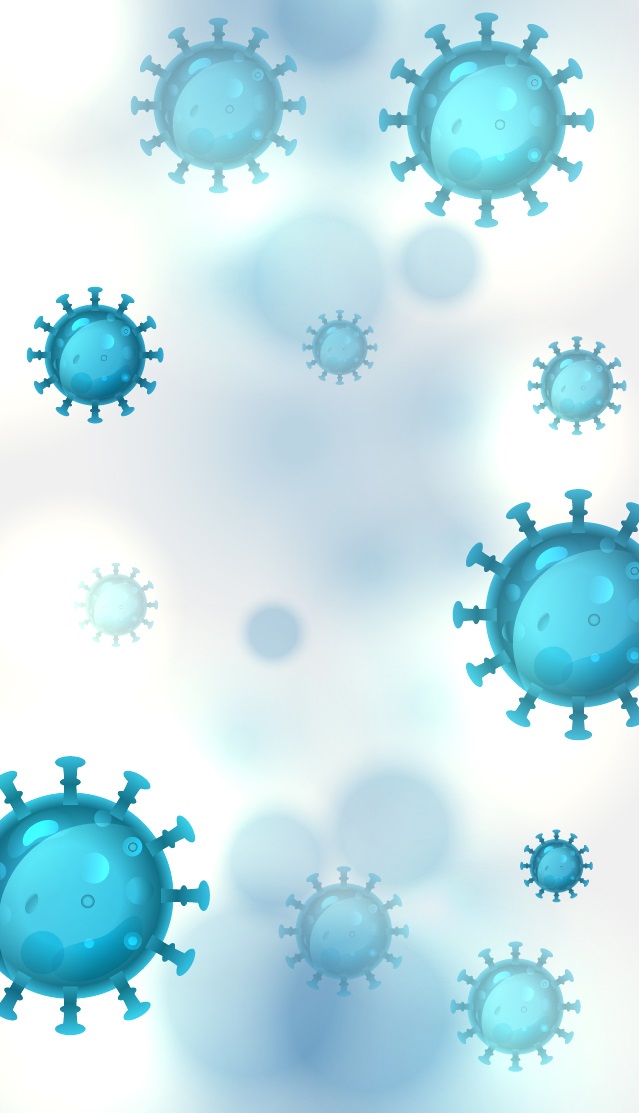

Nowadays the world is going through a health emergency period, a pandemic caused by COVID-19 disease spread.
Since a proper therapy or vaccine does not exist yet, the World Health Organization (WHO) is focused on limiting the spread of the virus.
According to WHO, COVID-19 is transmitted amongst people through respiratory droplets.
Since the virus can remain in the air and on surfaces from several hours to several days, suggested guidelines have been announced, such as: observing individual hygiene; avoiding contact – social distancing; use of negative pressure ventilation in hospital sectors; wearing a face mask for protection; disinfection of frequently touched surfaces; and to reduce COVID-19 spreading through aerosol [i].
The guidelines for dental clinics are still unclear and are evolving, but one consideration is already clear – reducing the risk of virus and bacteria transmission between patients and staff and patient-to-patient.
According to a research article published in POLS one in May 2017 [ii] the sources of aerosol in dental clinics are: ultrasonic scalers, high speed handpieces, air turbines, three in one syringe and air water syringes.
The Er:YAG Laser was not included among the sources of aerosol in a dental clinic.
Most dental treatments are performed using the high and low speed handpieces, creating aerosol that can diffuse bacteria and virus through droplets.
Aerosol in dental offices means water flow and air pressure. Most high speed handpieces use an average air pressure of ~40 psi and an average water flow of ~30 ml/min [iii] [iv] [v].
LiteTouch™ utilizes between 1-8 levels of air and water in which the air pressure is as low as 8.5 psi and the water spray as low as 4 ml/min.
However, the LiteTouch™ has an additional advantage. With the newest LiteTouch™ feature, both air and water spray can be completely turned off, which enables dentists to choose between 4 options – working without air and water spray, working with air only (no water spray), working with water only (no air spray) or working with both water/air spray between the 8 levels possible with the LiteTouch™.
The risks caused by aerosol, transmission of bacteria and viruses (including COVID-19), are significantly lower when using LiteTouch™ Er:YAG Laser compared to the rotary tools like the drill.
Hard tissue treatments – for cutting or eliminating enamel, dentin, decays or bone, it is better and safer to use the LiteTouch™ Er:YAG Laser instead of using rotary tools like the high speed and low sped drills or electric drill. Dentist can perform some of these treatments using the LiteTouch™ Laser with only the cooling water system and without air-spray, reducing the risk of aerosol contamination.
Soft tissue treatments – the LiteTouch™ can be used without any spray air/water at all, eliminating the risk of aerosol contamination.
When using LiteTouch™ Gentle Treatment mode, the sub ablative energy, it is possible to operate without any spray air/water or with just a low amount of water, avoiding the creation of aerosol.
The mechanical, in-contact mode of drill cutting, cause a spread of debris of the dental tissue also outside the oral cavity (fragments and debris as a result of the mechanical rotation action of the burr). These debris and other dental fragments can include potentially harmful bacteria and viruses [vi] [vii].
Instead, the electromagnetic energy of the LiteTouch™ Er:YAG Laser, ablates small surfaces of dental tissue in a non-contact mode. It does not produce scratch material, thus causing less spread of debris outside the oral cavity [viii] [ix] [x].
Disinfection of the ablated tissues and remaining dental tissues after ablation with the LiteTouch™ Er:YAG Laser, guarantee microorganism free procedures and can avoid the spread of harmful contagions [xi] [xii]. The drill of course, does not have any antimicrobial capacity.
The LiteTouch™ Er:YAG Laser provides significant advantages for hard and soft tissue procedures compared to the conventional tools.
In a COVID-19 emergency environment the LiteTouch™ Laser, compared to the drill, significantly reduces aerosols and splash, through less water flow and air pressure. The LiteTouch™ Laser disinfects and does not spread scratch material from the oral cavity to the environment.
The LiteTouch™ Er:YAG Laser should be considered as a safer option than the drill for dentists and their patients.
Download Article as PDF file – English
Download Article as PDF file – Russian